WorldFish and Stanford Center for Ocean Solutions: National policies increasingly recognize the correlation between seafood consumption and public health
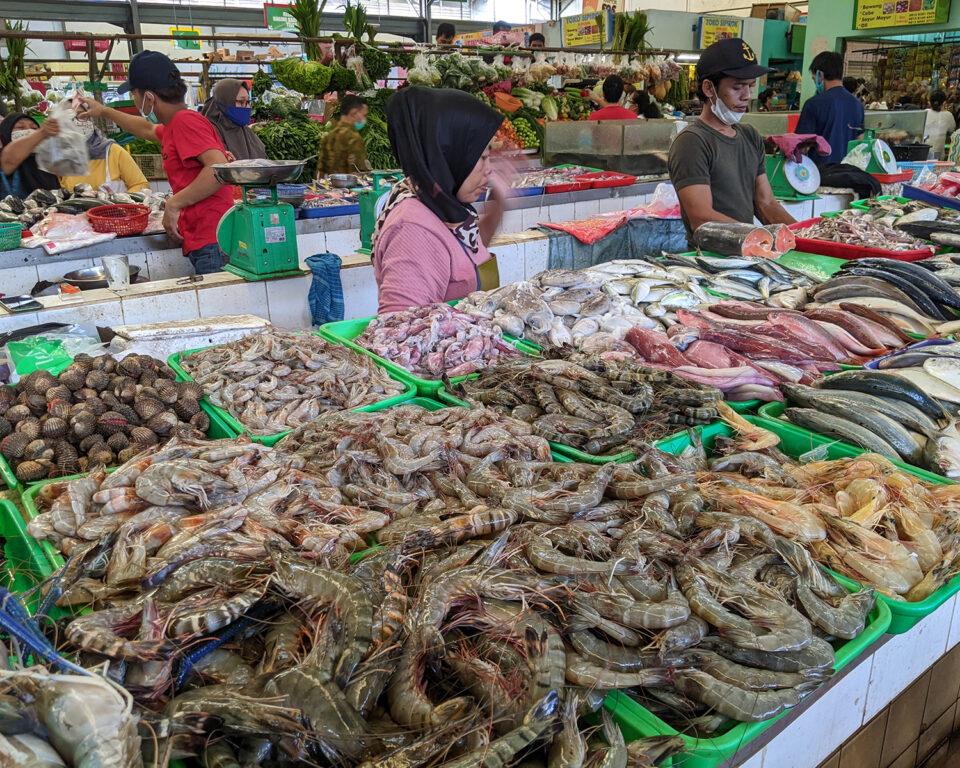
Growing awareness of the crucial role that fish and aquatic foods can have in sustainable and healthful diets has led to an increasing number of nations’ policymakers prioritizing the connections between fisheries and aquaculture and nutrition and public health, new research from nonprofit WorldFish and the Stanford Center for Ocean Solutions has determined. Assessing the alignment of objectives between fisheries and public-health nutrition policies, the study found that 77 of 158 national fisheries policies identified nutrition as a key objective, and that 68 of 165 public health nutrition policies identified the importance of fish and shellfish consumption as a key objective.
Researchers also ascertained that the more recent policies were more likely to be associated with improved coherence among sectors.
Findings further showed that nations not making the link between aquatic food systems and health policies have experienced higher rates of obesity and malnutrition. This has led the authors to call for targeted policies that can realize the potential contribution of nutrient-rich aquatic foods in establishing healthier food systems.
The researchers also recommended systematic policy approaches that promote greater coherence between the sectors in a bid to counter stubborn malnutrition rates, especially in low- and middle-come countries.
Lead author Dr. Zach Koehn, early career fellow at the Stanford Center for Ocean Solutions, told the Responsible Seafood Advocate that while slightly less than half of fisheries policies recognized nutritional security keywords and less than half of health and nutrition policies called on aquatic foods, there was a clear, promising trend in both sectors toward increased coherence.
“If we keep on that trendline, we will certainly be at a point where [more] policies recognize aquatic foods than those that don’t,” he said. “We also need to go beyond the inclusion of keywords in the preambles or introduction of policies and see more inclusion of these keywords in policy objectives and in specific action items to ensure that nutrition is not just a buzzword.”
The study’s results strongly suggest that more recent policies are becoming increasingly detailed to this end, which would suggest that policymakers are more seriously considering the importance of aquatic foods on nutrition security, Koehn said.
Beneficial alignment
With regards to the status quo, some commonalities were found between those nations today that are advocating fish and shellfish consumption to address health and malnutrition challenges, and nations that are not.
Running two separate models – one for fishery policies and one for public health nutrition policies – the researchers found that when a country did well to align food and nutrition security objectives in its fishery policy, it tended to have a lower reliance on fish (fish protein to total protein) and lower prevalence of obesity (measured as “overweight”) among children.
There was no relationship between how well countries included food and nutrition security objectives in their fisheries policy and countries’ wealth (GDP per capita) or the prevalence of stunted children, explained Koehn.
Policy coherence
With regards to introducing the systems-policy approach, encouraged by the researchers, Koehn explained that what’s being suggested here are holistic endeavors that not only seek to encourage interventions on production, such as through fishery and aquaculture policies, or on the consumption of aquatic foods through dietary guideline policies and other measures, but to integrate actions across different aspects of the food system.
This may mean looking comparatively at the environmental costs and benefits of getting key micronutrients from different food groups, he said. For example, is it better, in terms of greenhouse gas emissions or land and water use, to encourage better utilization of aquatic production than land animal production?
It might also be examined whether trade policies are inadvertently encouraging the export of nutritious food and the import of less nutritious items, thereby compromising the population’s health.
The wider “food environment” – the context in which people’s diets are shaped – might also be looked at, Koehn said.
“Encouraging and supporting healthy aquatic food consumption in school meals may, for example, nudge diets towards healthier eating and would require coordination between education, nutrition and aquatic resources sectors,” he said.
Koehn added that without coherence across all policies in the food system, it could be the case that consumption policies are advocating for improved aquatic food consumption, and that production policies are exclusively focused on export or on species conservation and do not recognize domestic availability as an objective. Alternatively, it could be that production policies are focused on increasing availability but the nutrition policy or dietary guidelines in the country don’t mention or advocate the consumption of aquatic foods.
“The idea is for coherence across the policy landscape,” he said.
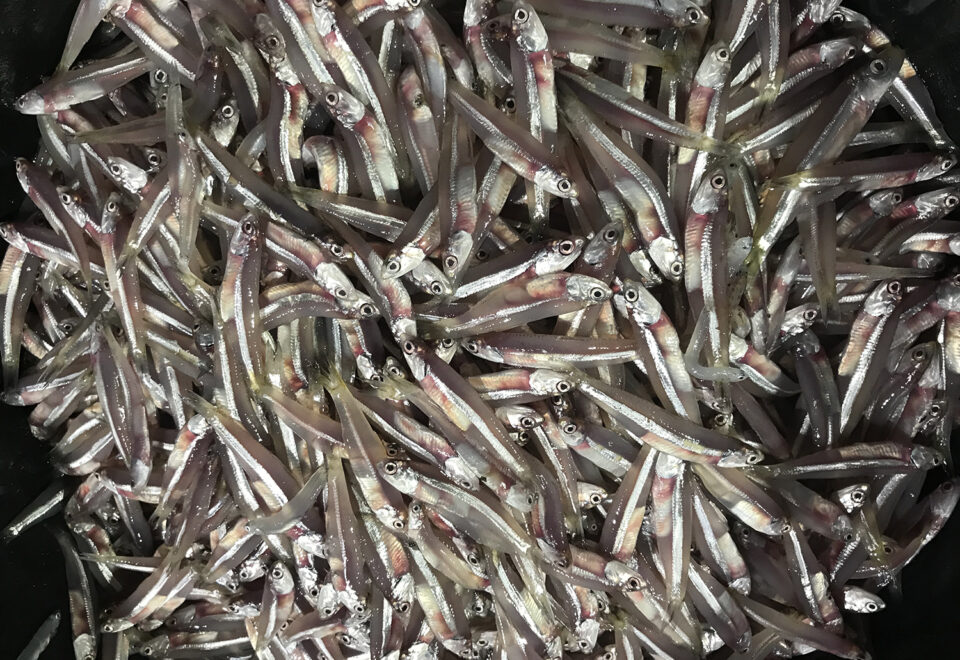
Mindful steps
While there’s growing recognition of seafood’s importance on human health at a national level, the study’s authors believe there’s still a fundamental need to stay focused on the basics, ensuring that the information is improved upon to better inform decision-making.
Many countries may know what species are being harvested or farmed within their boundaries, but they don’t necessarily know the destination, or who is ultimately consuming specific species and in what quantities, Koehn offered.
“We need a clearer understanding how species move through domestic and international trade flows. [This is] critical to ensuring we use policies, incentives, regulatory mechanisms and investments to steer those nutrient-rich species towards communities that might most benefit,” he said. “We also need a clearer understanding of the types of species people are consuming and what the food and socioeconomic environment looks like for these consumers. We need systemic surveys to know why people eat or do not eat fish and shellfish.”
This kind of information is critically important, he said, as it will identify opportunities to encourage supplies of aquatic foods where they are needed.
“If we know the kinds of species people of a certain provenance prefer, we can begin to leverage diversity in the aquatic food sector to bring species that may have a similar look and feel but be more nutrient-rich. We could identify communities where there is interest in eating aquatic foods, but access needs to improve either by making aquatic foods more available in local markets or by identifying potential sources of supply for species that are more affordable,” Koehn said.
“There are cultural aspects that govern our food choices, and while some cultures love fish and shellfish, others do not. We need to be able to recognize communities with a cultural affinity for aquatic food, but also recognize communities where fruit or vegetable interventions may be more tractable.”
Encouraging consumption
As for access to healthy aquatic species, Koehn cautions that increasing availability via production and encouraging increased consumption at the other end of the policy spectrum will not ensure people of all means will have access to such products.
In some cases, additional retail and marketing will be needed to encourage consumption, and in others, supply bottlenecks will need to be identified, he said, adding that recognizing diversity, especially of lesser-known and potentially cheaper species, is critical, particularly for consumers where affordability is a major concern.
“In much of the world, consumption is focused on a few dozen species among the thousands that are caught or farmed. It is in these lesser-known species that nutrient-rich species maybe more affordable,” he said. “In other cases, fish and shellfish consumption may only be possible via government food subsidies – supplemental nutrition assistance programs, or donations to food banks or to other non-profit or religious organizations. There are examples worldwide of such programs, but much more can be done to bring the aquatic food sector supply chain alongside these efforts.”
Meeting demand
Finally, at an end-product level, consumers need to be met where they feel comfortable, Koehn said, offering that in many cases, this means providing similar species in forms that they are comfortable handling, cooking and/or eating.
“This doesn’t mean experimentation isn’t possible, but products must first sell before trying radical new species.”
In terms of affordability, identifying locally produced species that reflect familiar textures, though might not be lesser known to global markets could provide an alternative that is nutrient-rich and supports the local harbor, he added.
“With respect to fish production, we need to ensure we continue to manage our fisheries and aquaculture sustainably,” he said. “For aquaculture, expansion is always possible, but we need to ensure that we do so in a way that respects the natural environment, the surrounding community and its values, and provides a healthy product that consumers can trust.
“For fisheries, we need to ensure that stocks are managed sustainably and reel back on overfishing whenever possible, and that fishing methods and locations are, as far as possible, compatible with efforts to conserve aquatic habitats and biodiversity. There are now many examples where proactive management that reduces overfishing has truly paid off in terms of the abundance of fish in the ocean and increasing catch limits.”
Follow the Advocate on Twitter @GSA_Advocate
Now that you've reached the end of the article ...
… please consider supporting GSA’s mission to advance responsible seafood practices through education, advocacy and third-party assurances. The Advocate aims to document the evolution of responsible seafood practices and share the expansive knowledge of our vast network of contributors.
By becoming a Global Seafood Alliance member, you’re ensuring that all of the pre-competitive work we do through member benefits, resources and events can continue. Individual membership costs just $50 a year.
Not a GSA member? Join us.
Author
-

Jason Holland
Jason Holland is a London-based writer for the international seafood, aquaculture and fisheries sectors. Jason has accrued more than 25 years’ experience as a B2B journalist, editor and communications consultant – a career that has taken him all over the world. He believes he found his true professional calling in 2004 when he started documenting the many facets of the international seafood industry, and particularly those enterprises and individuals bringing change to it.
Tagged With
Related Posts
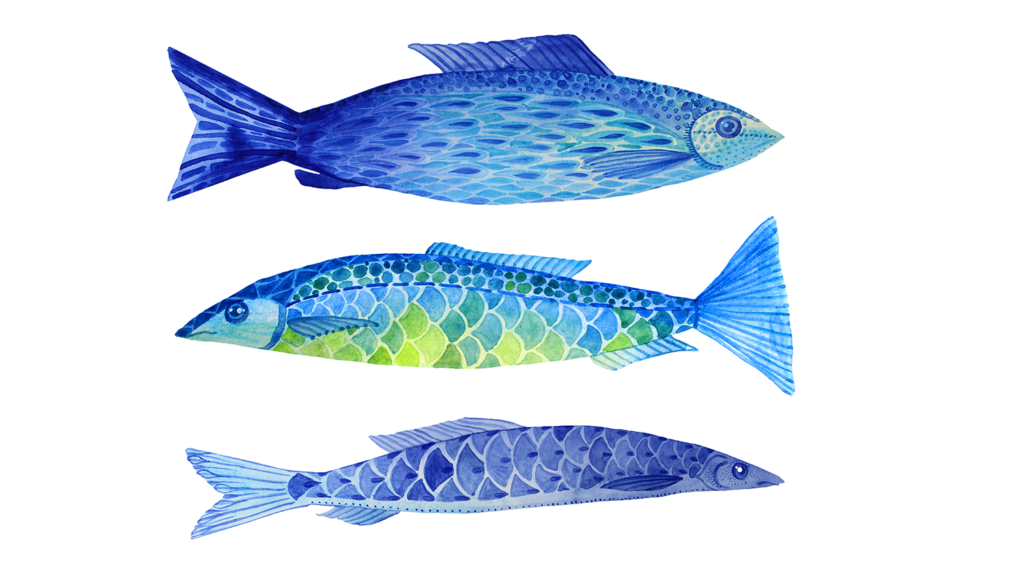
Responsibility
A wider view: It’s blue food’s time
There is urgency to conversations about the role of blue food in mitigating climate change, increasing momentum toward some specific goals.

Responsibility
For global nutrition needs, aquatic foods remain overlooked
Aquatic foods can help to deliver resilient global food systems and to support critical periods of human development, a new UN paper determines.
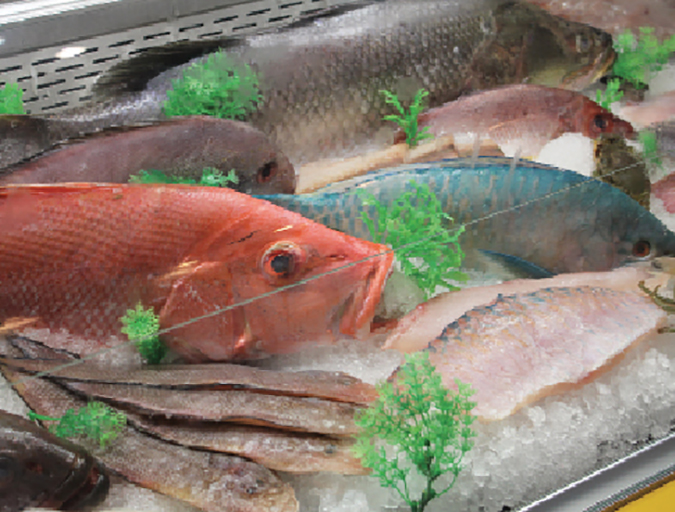
Intelligence
Food is abundant, yet people are starving
While significant numbers of people are undernourished, an increasing number of people are overweight. The divide between recommendations and results is marked, so we must learn more about food production and change our behaviors.
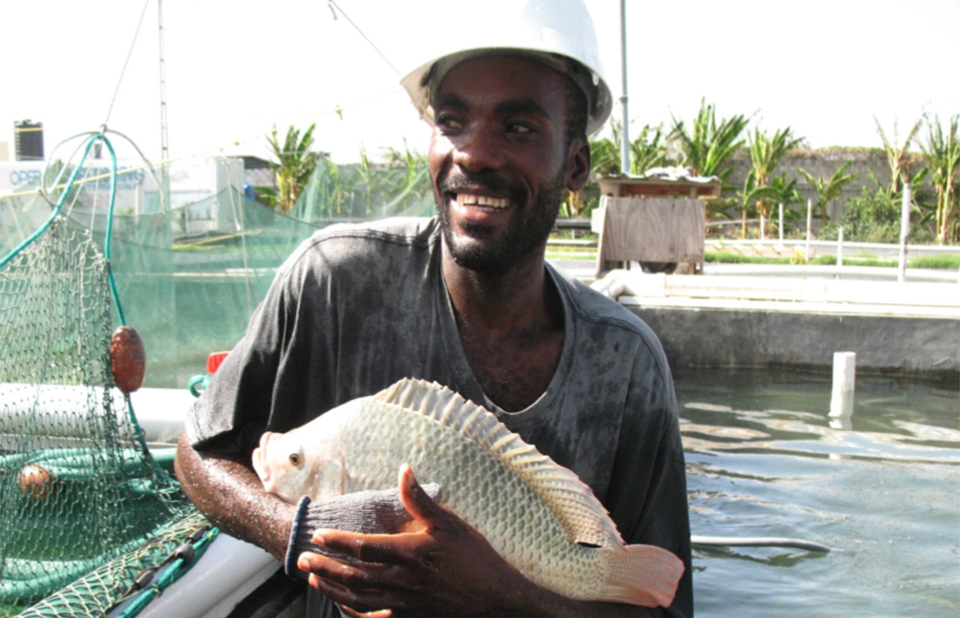
Responsibility
Haiti’s hatchery of hope
Built on a dream of feeding some of the world’s poorest and most vulnerable people, a charity-built tilapia hatchery in Haiti now learns to stand on its own.

